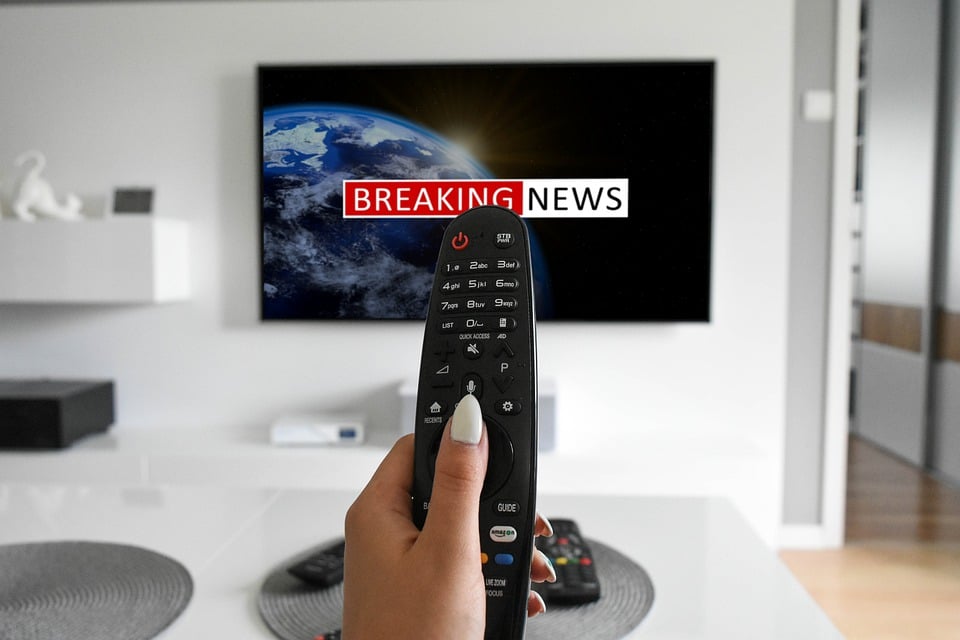MINNEAPOLIS / ST. PAUL (08/04/2024) — In a major step toward next-generation electronics, researchers at the University of Minnesota Twin Cities have discovered a way to manipulate the direction of charge flow in ultrathin metallic films at room temperature using light. This discovery opens the door to more energy-efficient optical sensors, detectors, and quantum information devices.
The research is published in Science Advances, a peer-reviewed, multidisciplinary, high-impact scientific journal.
The team showed that ultra-thin layers of ruthenium dioxide (RuO2), grown on titanium dioxide (TiO2), can be made to behave differently depending on direction—both in how they respond to light and how electricity moves through them.
"We solved this problem by carefully designing ultra-thin metal layers that interact with light in new ways—something you don't see in the thicker version of this material," said Bharat Jalan, senior author of the study and the Shell Chair Professor in the Department of Chemical Engineering and Materials Science at the University of Minnesota Twin Cities. "This work demonstrates that we can now tailor ultrafast conductivity in metals using the same kind of precise control of epitaxial strain, a method previously reserved for semiconductors or insulators."
The study shows that by altering how atoms are stretched in different directions, scientists can control the way the material responds to light. This is an effect that works at room temperature and can be used for real-world technology.
"This is the first time anyone has demonstrated tunable, directional ultrafast carrier relaxation in a metal at room temperature," said Seunggyo Jeong, postdoctoral researcher in the Department of Chemical Engineering and Materials Science at the University of Minnesota and lead author on the paper. "It challenges long-held assumptions in condensed matter physics and opens a fundamentally new pathway to manipulate charge and light in metallic systems."
This discovery is especially significant for optoelectronic and memory devices that depend on controlling how quickly and efficiently carriers respond to light.
"The findings provide deep insight into how subtle structural distortions—like strain relaxation—can reshape the electronic landscape of metals," added Tony Low, a Paul Palmberg Professor in the Department of Electrical and Computer Engineering at the University of Minnesota and co-author on the paper. "This could be critical for future ultrafast and polarization-sensitive optoelectronic technologies."
Traditional metals were thought to lack the directional control needed for such precision because of their complex, multiband nature. But the research team found that by exploiting band nesting—a feature of the electronic structure—the ultrafast response can be made to have a physical property that has a different value when measured in different directions. These advances could contribute to the development of high-performance, low-power devices for computing, data storage, sensing, and secure communications.
Next, the researchers plan to integrate these engineered RuO2 films into actual devices and explore similar phenomena in other oxide systems.
In addition to Jalan, Jeong, and Low, the University of Minnesota team included Sreejith Nair a graduate student from the Department of Chemical Engineering and Materials Science and Seunjun Lee a post-doctoral associate from the Department of Electrical and Computer Engineering. This work was done in collaboration with Gwangju Institute of Science and Technology, Sungkyunkwan University, and the University of Kentucky.
The research was funded by the U.S. Department of Energy, the Air Force Office of Scientific Research (AFOSR), and the University of Minnesota Materials Research Science and Engineering Center (MRSEC). The work was completed in collaboration with the University of Minnesota Characterization Facility .
Read the full paper entitled, "Anisotropic Strain Relaxation-Induced Directional Ultrafast Carrier Dynamics in RuO2 Films" on the Science Advances website .






